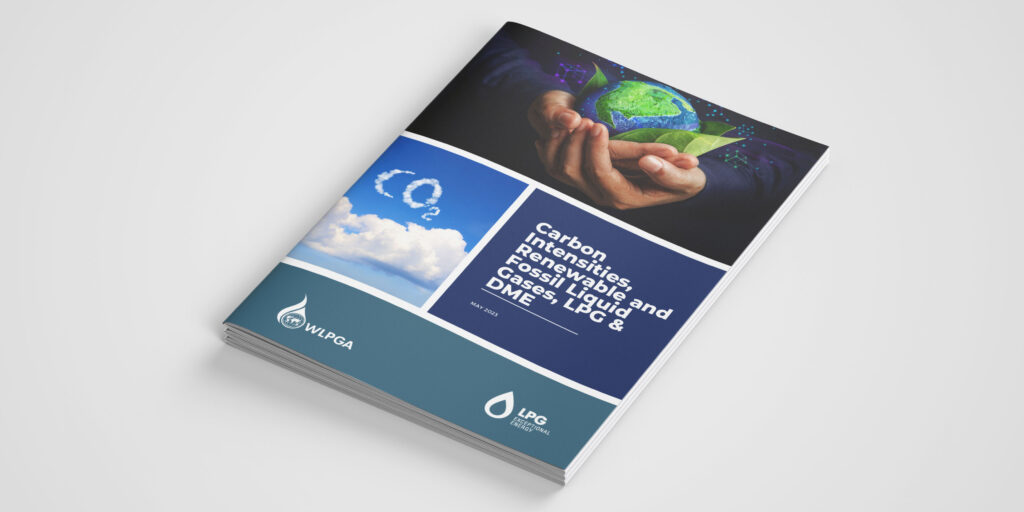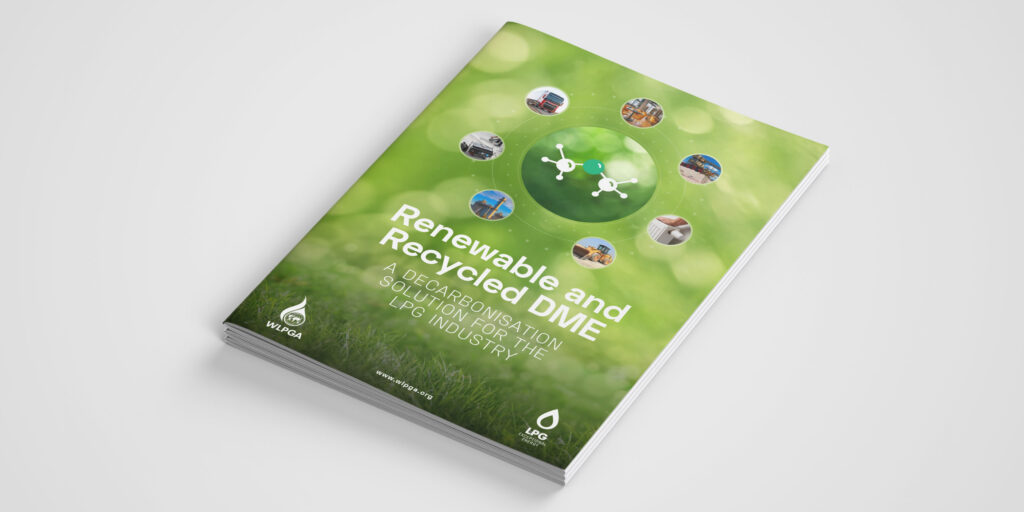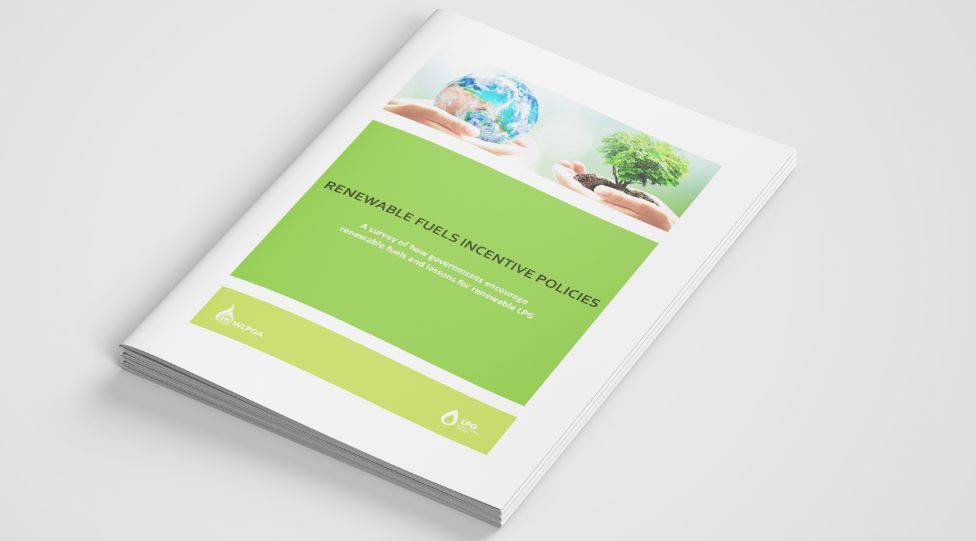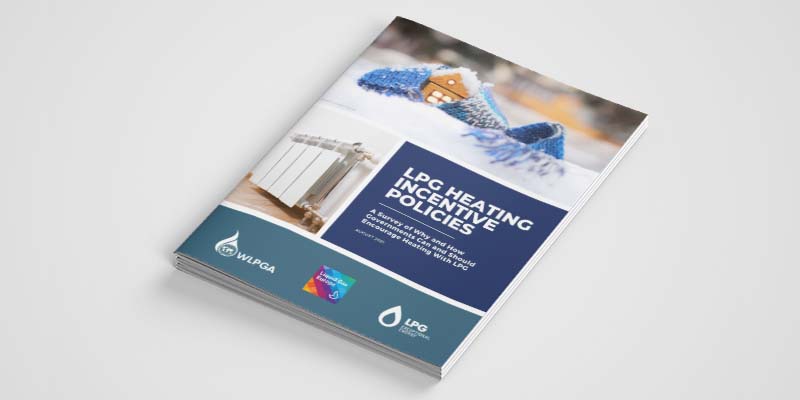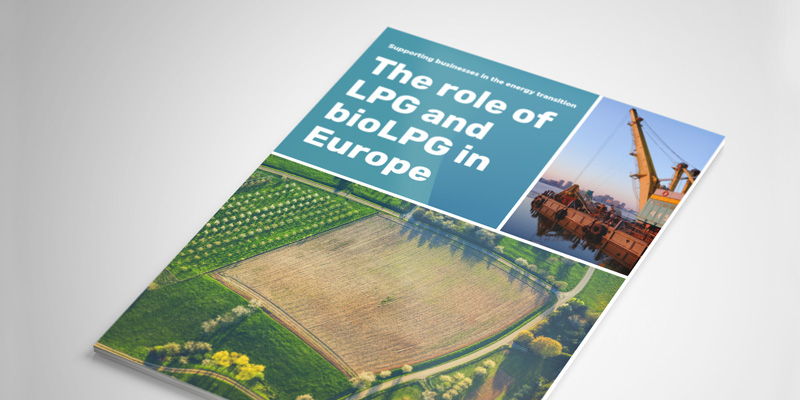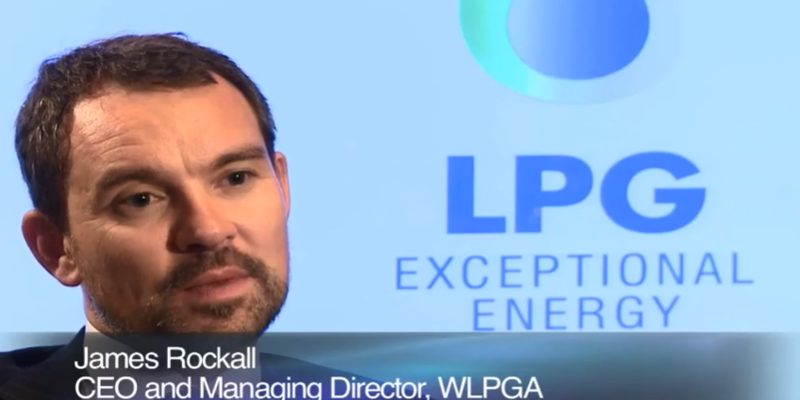Renewable Liquid Gas
is a renewable fuel made from vegetable oils and animal fats, a mix of wastes, residues, and solar/wind power.
Renewable Liquid Gas has nearly identical properties as conventional LPG and can therefore be delivered, stored and used in similar ways as LPG is. The term Renewable Liquid Gas includes molecules derived from recycled carbon.
What is it made from?
Renewable Liquid Gas is created from renewable and waste materials. The feedstocks undergo a series of processes to purify their energy content.
Renewable Liquid Gas offers deeper decarbonisation across several applications and contexts, without necessitating disruptive changes in infrastructure or technology.
What is it used for?
Just like LPG, Renewable Liquid Gas can be used in many different sectors, such as domestic, commercial, industrial, agricultural and for transportation. Wherever heat, light or power is required.
LPG and Renewable Liquid Gas are significantly lower in carbon than other liquid fossil fuels and they can substitute or replace heating oil. LPG and Renewable Liquid Gas can help off-the-gas grid or rurally located businesses in the agricultural, commercial and industrial sectors, that currently use heating oil, start their decarbonisation.
Renewable Liquid Gas is a clean-burning fuel that produces very low concentrations of harmful air pollutants.
Combusting Renewable Liquid Gas in a boiler produces 90%-99% lower concentrations of particulate matter (PM) than heating oil, coal and biomass.
When used in a typical gas boiler, Renewable Liquid Gas can reduce greenhouse gas emissions by 70%-80% compared to heating oil.
This can be lowered further when Renewable Liquid Gas is consumed in a hybrid heat pump, or combined heat and power system, and when energy efficiency measures are installed.
Current and planned renewable Liquid Gas production facilities
Renewable Liquid Gas is an affordable and convenient ‘drop-in’ solution to decarbonisation for a variety of rural off-grid homes and businesses. Made from a diverse mix of renewable feedstocks and processes, Renewable Liquid Gas can deliver up to 90% carbon emissions reduction and emits the same low NOx, SOx and PM as conventional LPG.
A drop-in alternative
Renewable Liquid Gas’s fuel properties are similar to conventional LPG. It can replace conventional LPG and the two can sometimes be blended, which saves having to change or upgrade equipment or appliances.
Lower than low carbon footprint
The mission behind the development of Renewable Liquid Gas is to further reduce carbon emissions and the environmental impact of LPG, which already emits 35% less CO2 than coal and 20% less than heating oil. Renewable Liquid Gas fulfils that mission – it emits up to 90% less CO2 than conventional LPG.
Readily available
Renewable Liquid Gas is not an innovation for the distant future, it is already available on the European market in quantities that can service the energy needs of thousands of families and businesses. Currently, production is being increased and the market upscaled.
